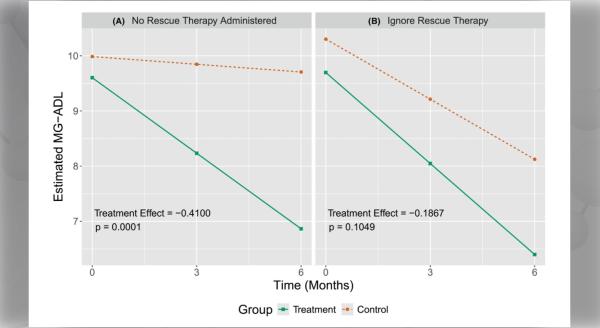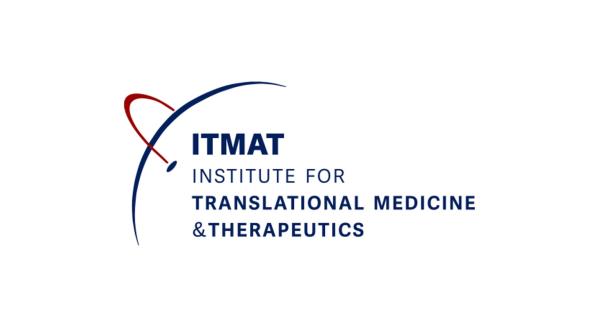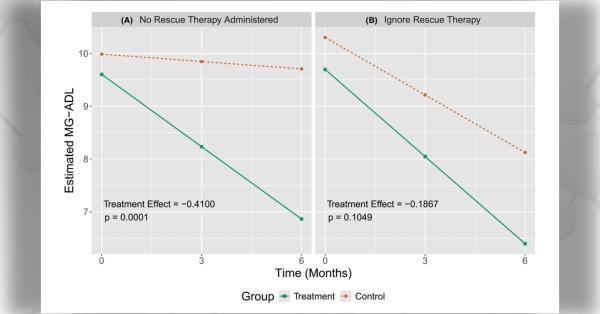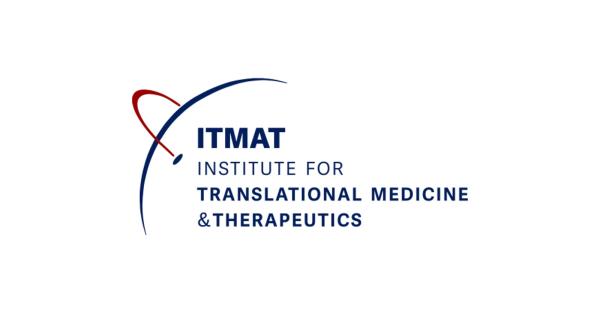A Rare Vascular Disorder
Cerebral Cavernous Malformations (CCM) is a rarely recognized vascular disorder of the brain. Symptoms including headaches, focal neurological deficits, seizures, hemorrhagic stroke and/or death may occur as a consequence of bleeding from a CCM Lesion. Lesions are composed of grossly dilated, thin walled and leaky vascular capillaries, with propensity for hemorrhage. At this time, there is no pharmacological treatment available for CCM. Brain surgery remains the only current treatment option; however, it is quite invasive and often risky, and may not be suited for every case – particularly in patients with multiple or brain stem lesions.
A Patient Advocacy Group
Developing treatments and translating research findings to the human condition will require global collaborative effort from stakeholders in research, medicine, advocacy, industry and government agencies. Facilitating these advancements and collaborations is a priority of Angioma Alliance – Angioma Alliance is the patient advocacy organization by and for those affected by CCM. It is the mission of Angioma Alliance to inform, support, and empower individuals affected by this disease, and drive research for a cure. To achieve the second part of the mission statement, Angioma Alliance is committed to hosting an annual scientific meeting focused on CCM disease research.
A Unique Meeting
Originally called the 'Pathobiology of CCM Scientific Workshop,' the inaugural single-day workshop was held in 2005 as an informal gathering of basic researchers. Since then, there has been an explosion of new research developments – the field has shifted from genetic mapping and gene discovery to a focus on functional and clinically relevant studies. This rapid pace of scientific progress has attracted a multitude of new investigators to the field and has grown the scope of the workshop to incorporate new aspects of CCM research, including clinical and translational content. Because of this evolution, the formal name of the series was changed in 2012 to the 'CCM Scientific Meeting.'
Through this meeting, our advocacy group implements its goal of helping speed the pace of rare disease research by bringing together stakeholders and potential collaborators, who otherwise would not have had the opportunity to exchange ideas and begin new endeavors.
We recognize this unique platform as a paradigm of scientific and translational exchange, applicable to other diseases beyond CCM.
A Committed Scientific Community
The CCM Scientific Meeting has become the premiere scientific conference for the research community from different fields, focusing on this disease. It provides a great opportunity for face-to-face introductions and development of new collaborations. No other meeting attracts the same cohort of investigators – investigators who represent a vast majority of the international field of CCM researchers and who are committed to attending the meeting on an annual basis. Annual attendance is a priority for attendees, as the CCM Scientific Meeting has become the site of the first public presentation for many recent and important discoveries. For example, data describing the two-hit genetic mechanism 1 2, generation of new animal models 3, and the first pre-clinical drug study in animals with Fasudil 4 were all presented as talks at the 2008, 2010 and 2011 CCM Scientific Meetings in advance of their publication. Without the annual CCM Scientific Meeting, these important findings would not have been presented to the entire research community until the time of publication.
A Unique Model
The CCM Scientific Meeting is open to trainees, investigators, clinicians and professionals in all fields related to CCM research. The agenda is developed exclusively from submitted abstracts; there is no invited or keynote speaker. Transportation and accommodation is only provided for trainees who are awarded travel scholarships from Angioma Alliance – these awards serve to provide an opportunity to encourage and develop the careers of the next generation of CCM researchers. Past experience has shown that this model results in high-level presentations of the most cutting edge and recent and unpublished data. Sharing recent results in our open, friendly and informal environment encourages enthusiastic discussion resulting in innovative hypotheses and new collaborative projects. Additionally, because of the committed attendance by the research community, the yearly conference provides collaborators with a cost-effect mechanism to meet face to face on an annual basis.
Proceedings from the 2012 Meeting
November 15-16, 2012, Washington, DC
Sixty-five registered attendees from academia, industry, the medical community and government agencies traveled from thirty-one institutions in nine different countries to attend the 8th annual CCM Scientific Meeting. The scientific program included twenty-five presentations from both clinical and research fields with representatives from proteomics, molecular biology, vascular biology, genetics, neurology, radiology, epidemiology, animal models (C. elegans, zebrafish and mice) and neurosurgery. A majority of the data presented at the CCM Scientific Meeting was new and unpublished; therefore we are unable to report specific results from the presentations. However, the following is a summary of the meeting proceedings.
Structural studies of proteins provide new insight into CCM molecular function.
CCM may occur sporadically or due to mutations in one of three genes, CCM1, CCM2 or CCM35-9. When each was identified as a disease gene, its function was entirely unknown. Today, while the function of the three CCM genes are beginning to be understood, there is a critical need to fully elucidate the pathobiology and disease mechanisms associated with all forms of CCM so that targeted pharmacological treatments can be developed. Structural biologists continue to refine the physical models of these molecules and to identify new interaction partners and pathways. Particular focus was on the partners associated with CCM3, the least well understood of the CCM proteins, as well as the structural relationship of the CCM molecules to endothelial cell junctional complexes.
CCM signaling within and outside the vascular system – implications for a biological role beyond CCM disease.
While debilitating illness may occur in sporadic or familial cases, individuals with CCM3 gene mutations often suffer a more severe illness with earlier age of onset and a greater tendency to hemorrhage 10. Much presentation and discussion time at the 2012 Meeting was devoted to comparing the function of CCM1/CCM2 to CCM3. Presentation from both C. elegans and zebrafish labs described novel signaling mechanisms unique to CCM3; new in vitro data implicated the CCM3 protein with functionality in cell cycle regulation, molecular transport and brain development. How these novel roles impact CCM illness and/or other biological processes remains unknown.
The vascular biology session focused primarily on new data describing unique functions of CCM1 and CCM2 in the vascular endothelium. Both of these molecules have been previously shown to play important roles in maintaining the integrity of endothelial tight junctions11; 12;13. Additional presentations led to discussion on the role of inflammation, vascular stability and reactive oxygen species to the pathobiology of CCM.
Murine models for therapeutic intervention.
Loss of function for CCM1 or CCM2 cause an activation of Rho kinase, resulting in the loss of endothelial cell junctional integrity and vascular leakiness. Inhibitors of Rho kinase, including the drugs Fasudil and simvastatin, are able to reverse its activation and restore junctional stability in vitro 11; 12;13. The Fasudil drug has demonstrated therapeutic effects in murine models of Ccm1 and Ccm2. Mice treated with Fasudil developed fewer CCM lesions and were less likely to hemorrhage, when compared to their placebo-treated littermates4. Fasudil is approved currently for use in Japan for other indications, and is the focus of preclinical mouse research here in the United States. Updated results with the Fasudil treated mice continue to be very promising, and other RhoA/ROCK inhibitors are now being tested, for comparative therapeutic effects.
Developing effective biomarkers is critical for effective clinical trials.
Translating laboratory findings and mouse studies into effective treatments for the human disease requires rigorous clinical trials developed on the backbone of validated biomarkers of disease activity. Measurable variables in CCM disease that have been used in the past include frequency of symptoms (e.g., hemorrhage) and lesion burden. More sensitive methodologies are required to allow for analysis of both familial and sporadic (single lesion) patients, especially in proof of concept trials. Multiple presentations focused on new magnetic resonance imaging (MRI) techniques being developed specifically as non-invasive biomarkers measuring iron content (to quantify bleeding burden) as well as brain and/or lesion permeability. These techniques may become valuable tools in clinical practice for monitoring personal health and wellness and as we look to the future with clinical trials.
Also in the clinical session, preliminary data was present from the RDCRN Brain Vascular Malformations project – Modifier Genes in Cerebral Cavernous Malformations. Using a cohort of patients with a genetic founder mutation on CCM1, the Common Hispanic Mutation, this prospective natural history and genome-wide association study is designed to investigate the genetic, physiological and lifestyle factors which affect CCM clinical variability. Identified modifier genes might also provide clues to novel targets for future therapeutic intervention. The presented data described the clinical factors associated with lesion burden, as well as cutaneous features of the study cohort.
Panel leads discussion on clinical trials.
We chose to use the CCM Meeting as a venue to bring together all of the important stakeholders who are needed for a successful clinical trial, including patient advocates, researchers, clinicians, as well as representatives from the Food and Drug Administration (FDA) and National Institutes of Health (NIH).
For the final session, five panelists led a group discussion on clinical trials. Issam Awad, MD, neurosurgeon at the University of Chicago, led a discussion about utilizing MRI biomarkers to measure drug effectiveness. Possible measurements include: counting lesion number and development of new lesions over time, measuring bleeding and/or permeability. Leslie Morrison, MD, neurologist at the University of New Mexico, shared her experiences with participant recruitment for her ongoing Brain Vascular Malformations Consortium study. Claudia Moy, PhD, Clinical Research Project Manager with the NIH National Institute of Neurological Disorders and Stroke (NINDS), described funding opportunities that may be available for clinical trial work and how researchers can utilize NIH programs to help fund a clinical trial for CCM. Jamie Roberts, Recruitment Specialist with NINDS, discussed strategies to effectively advertise and enroll a large number of patients in a multi-site study. She shared her unique insight on strategic Internet and social media advertising to aide in study recruitment. Gumei Liu, MD, PhD, commissioner's Fellow for the Rare Diseases Program at the Food and Drug Administration, lead a discussion on the FDA regulatory and application requirements.
A Promising Future
Angioma Alliance has brought together all of the key players, opened new lines of communication and helped to better define the necessary steps needed to move from the bench to bedside. The annual Angioma Alliance CCM Scientific Meeting was developed to be an international venue for scientists and physicians to assemble and share their latest CCM research data and clinical findings. The meeting advances scientific progress by facilitating communication and development of hypotheses for new collaborative research endeavors. No other meeting, conference or workshop attracts the same unique cohort to focus exclusively on this rare disease. Our single focus on CCM brings researchers from multiple fields, studying this disease, who would not otherwise attend meetings in other specialized areas. It is the goal of Angioma Alliance to continue to host this annual series an effort to facilitate scientific progress and drive research for a treatment of CCM.
Acknowledgments
Thank you to Issam Awad, MD, Connie Lee, PsyD, and Doug Marchuk, PhD, for historical and current dedication to the success of the CCM Meeting, for helpful discussions and for editorial review of this article. The 2012 CCM Scientific Meeting was supported by Angioma Alliance, the National Institutes of Neurological Disorders and Stroke conference grant R13NS082044-01 (to A.L. Akers) and by generous donations from CCM3 Action, PreventionGenetics, and Patient Crossroads.
Related Web Sites:
- The Brain Vascular Malformation Consortium (BVMC)
- Information about Cerebral Cavernous Malformations (BVMC)
- Angioma Alliance
BVMC Cerebral Cavernous Malformations (CCM) Research:








